Solid State Relay Working Principle Pdf
As a means of creating no-contact relays in output power sections accompanying conversion of control circuits to ICs. The best example is in case of microcontrollers that can control heavy loads like AC motors.
1 Channel 5v Solid State Relay Module Wiki
Solid State Relays General Information Instant-on Switching SSR IO For inductive loads The SSR output is activated immediately after applying control voltage.
Solid state relay working principle pdf. What Is a Solid State Relay. A Solid State Relay SSR is a re lay that does not have a moving contact. Now take AC solid state relay as example to explain SSR working principle.
Solid state relays can be either ac or dc voltage controlled for ac control the ac signal is rectified and filtered to provide dc to the opto-transistor or opto-triac LED. The essence of the relay is to use a loop usually a small current to control the on and off of another loop generally a large current and in this control process the two loops are generally isolated and its basic principle is to utilize The electromagnetic. The solid state switch has an output that turns on or off according to the signal applied to the input.
10 Million Parts From 2000 Suppliers. Working of Solid State Relay Relays are used in circuits where galvanic isolation is required ie. Relays are used for automatic switching of power.
They provide a means of creating no-contact relays in output power sections enabling conversion of control circuits to ICs. The main difference between an electrical mechanical relay and a solid state is the fact that there are no actual moving components in a SSR just like the name suggests Rather than relying on a physical contact moving to complete the circuit SSR s rely on either infra-red light emitting diodes or LED couplers to operate. The load current is maintained by the triacs latching effect after the input signal is deactivated until the AC load voltage crosses zero.
Relays generally refer to electromagnetic relays which are mechanical actions. A solid-state relay is a type of switch which is a non-contact switch. As Figure 1 show it is a AC SSR working principle diagram and the parts ①④ form its main body.
The relays are used to get rid of the typical switching techniques which are manual and difficult to handle. When the input signal is activated the output immediately turns on since there is no zero-crossing detector circuit. The typical response time is thus less than 1 ms.
INTRODUCTION A relay is an electrically operated switch. SSRs Solid State Relays have no movable contacts. This article will introduce what is a solid-state relays its structure and working principle solid-state relay wiring advantages and disadvantages and the difference between soild-state relay and conventional relay.
For the NO-SSR when the appropriate control signal is applied to the Input Terminal IN of the solid-state relay the Output Terminal OUT will be switched from the off state to the on state. Obviously the ac control versions can also be dc controlled just one half of the rectifier is used. Intrinsically safe relays such as the NY2 and the Class 8501 Type TO relays act as an energy barrier limiting the voltage an d current available in the hazardous area.
SSRs however employ semiconductor switching elements such as thyristors triacs diodes and transistors. First marketed in the 1970s SSRs have become very popular for the following reasons. Structure and Operating Principle SSRs use electronic circuits to transfer a signal.
Another attribute of solid state relays is that they provide electrical isolation between the input and output circuits as do the more traditional electromechanical relays. The Solid Static relays use analogue electronic devices instead of magnetic coils and mechanical components to. Many relays use an electromagnet to mechanically operate a switch but other operating principles are also used such as solid-state relay.
The principle of solid-state relays can be simply described as. Solid state relays have a number of advantages over relays providing faster switching greater reliability and longer life etc. Different applications require different solid state relay characteristics.
Manual Explanation SSR stands for solid-state relay. Digi-Key is Stocking the Future. If the control signal is cancelled the Output Terminal OUT will be restored to the off-state.
Why and How to use Relay Relay Working Principle. First marketed in the 1970s SSRs have recently become very popular for the following reasons. Random type SSR uses a phototriac coupler to isolate the input from the output.
The Solid Static relays use analogue electronic devices instead of magnetic coils and mechanical components. In this process the solid state relays realize. SSR stands for Solid State Relay.
The term solid state relay is actually a fairly generic one and can in fact refer to all manner of different relay components and configurations used to. The working principle of the Solid Static relays is similar to that of the Electromechanical Relay which means the Solid Static relays can perform tasks that the Electromechanical Relay can perform. As a whole SSR only has 2 input terminals A B and 2 output terminals C D.
Ad Find Your Semiconductor Solutions with Solid State Inc Products at Digi-Key Electronics. The working principle of the Solid Static relays is similar to that of the Electromechanical Relay which means the Solid Static relays can perform tasks that the Electromechanical Relay can perform. Solid-state relays are the modified form of the relays.
When low power circuit is required to control a high current or high voltage circuit. They can be connected with any device having a dry contact limit switch magnetic switch. Consequently this relay can turn on anywhere along the AC sinusoidal voltage curve.
Common voltages for DC input include 5V 12V and 24V DC solid state relays while widely available examples of AC solid state relays are often based around 120V or 240V AC input. Solid state relays are similar to traditional electromagnetic relays but they have no moving parts and the switching is done via solid state circuitry rather. As a means.
SSRs are not very different in operation from mechanical relays that have movable contacts. SSRshowever employ semiconductor switching elements such as thyristors triacs diodes and transistorsFurthermore SSRs employ optical semiconductors called photocouplers to isolate input and. In terms of operation SSRs are not very different fr om mechanical relays that have moving contacts.
Solid state relays can be divided into AC SSR and DC SSR according to applications. CONTENTS 1INTRODUCTION 2PRINCIPLE 3OPERATION 4TYPES AND THEIR EXPLANATION 5ADVANTAGES 6DISADVANTAGES 7APPLICATIONS 3. SSRs consist of a sensor which responds to an appropriate input control signal a solid-state.
A solid-state relay is composed of a solid-state material whose features are better than the typical relays. A solid state relay SSR is an electronic switching device that switches on or off when an external voltage AC or DC is applied across its control terminals. It serves the same function as an electromechanical relay but has no moving parts and therefore results in a longer operational lifetime.

Solid State Relay Working Principles Differences Applications

Electrical Relay And Solid State Relays For Switching

Solid State Relay An Overview Sciencedirect Topics
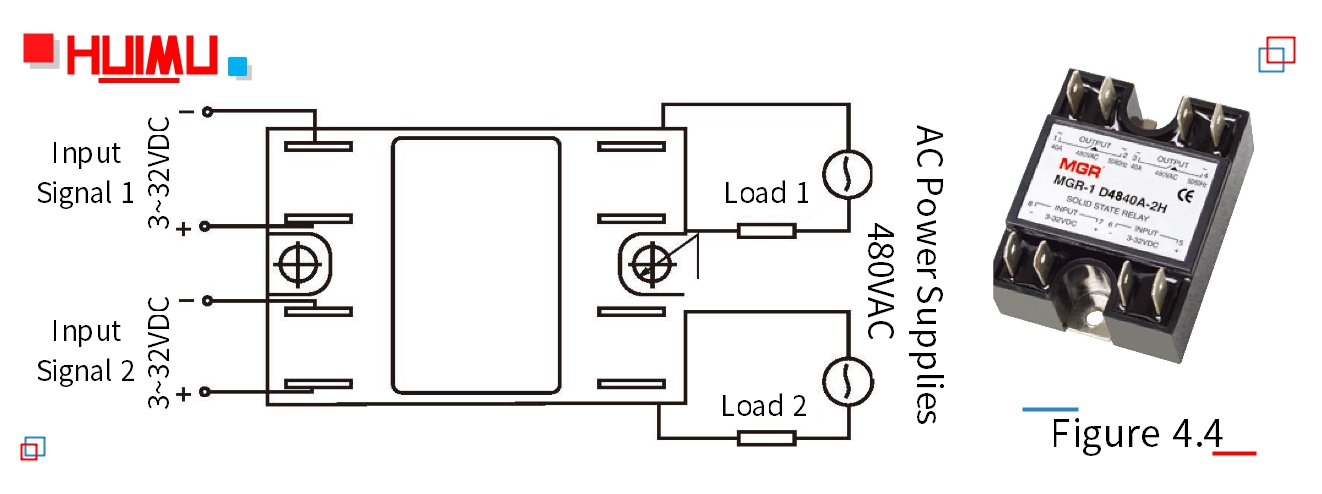
An Introduction To Solid State Relays What Is A Solid State Relay How Do Solid State Relays Work Huimultd

Solid State Relays A Basic Overview
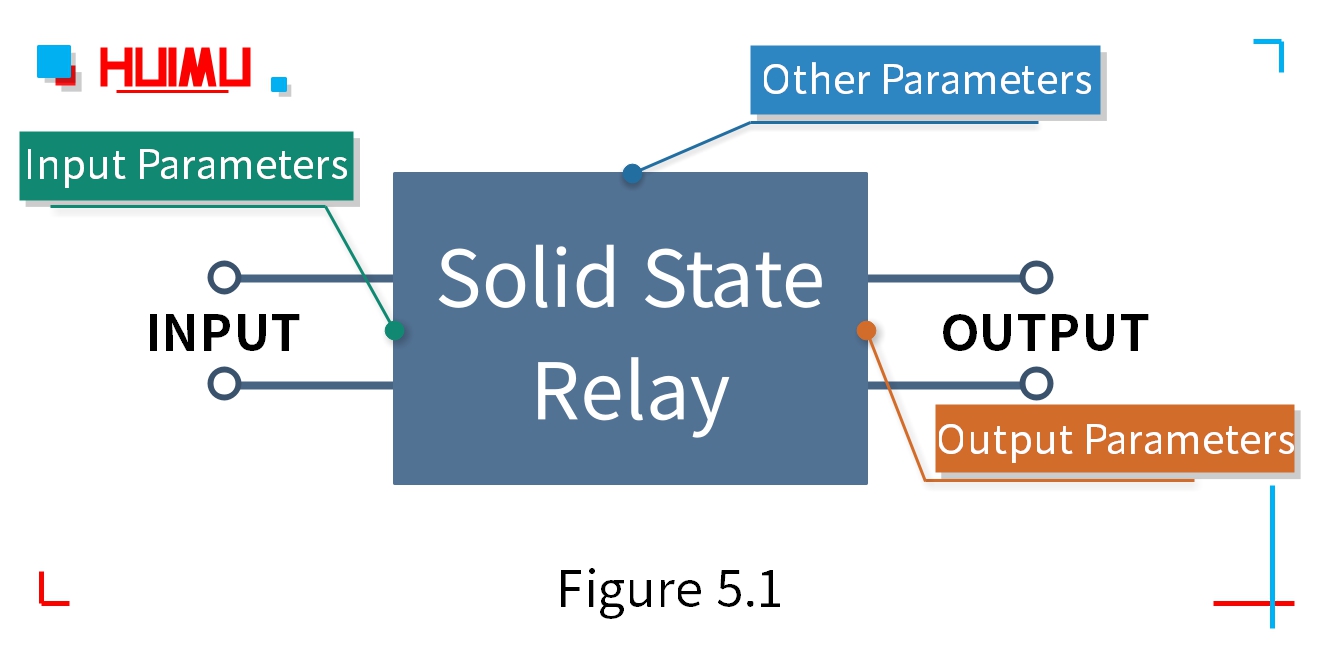
An Introduction To Solid State Relays What Is A Solid State Relay How Do Solid State Relays Work Huimultd

Solid State Relay Working Principles Differences Applications
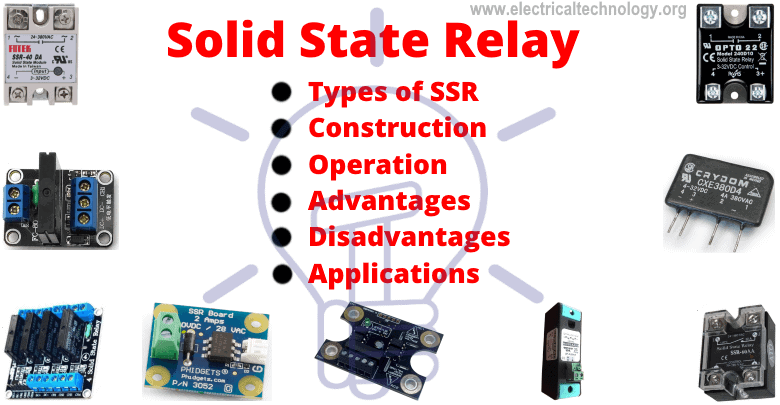
Solid State Relay Ssr Types Of Ssr Relays Construction Operation
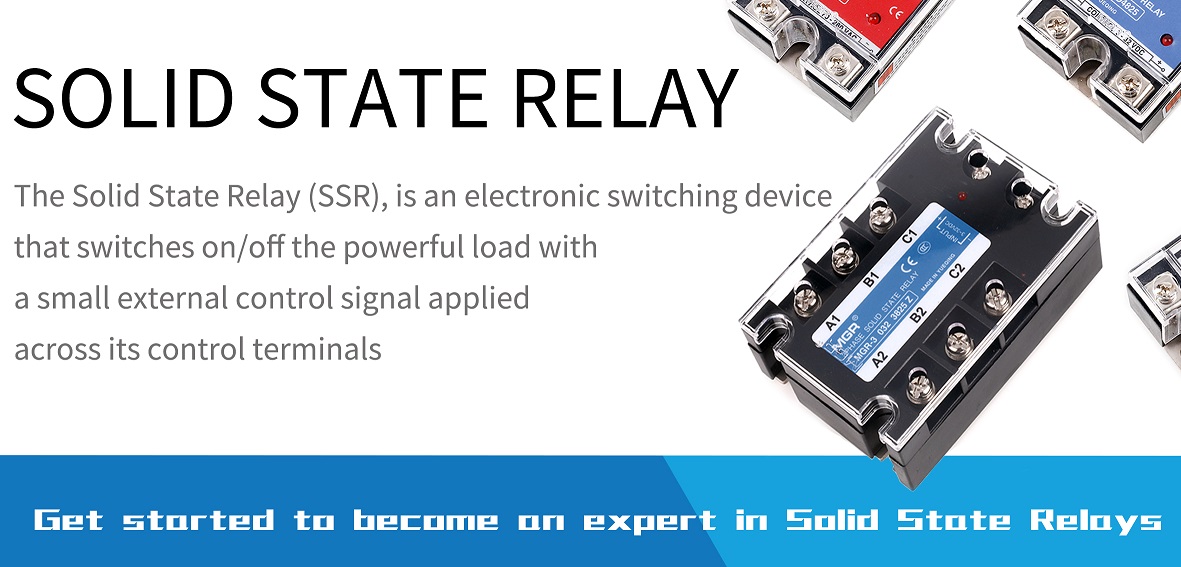
An Introduction To Solid State Relays What Is A Solid State Relay How Do Solid State Relays Work Huimultd
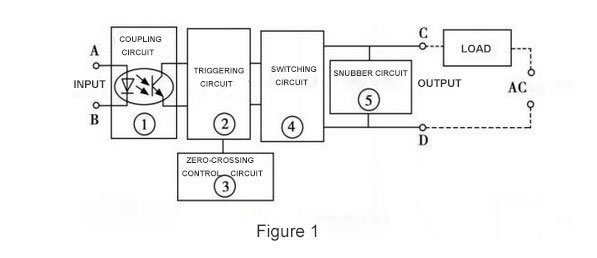
Solid State Relay Basics Working Principle Ato Com

Solid State Relays A Basic Overview

Solid State Relay An Overview Sciencedirect Topics

Solid State Relays Technical Guide Australia Omron Ia
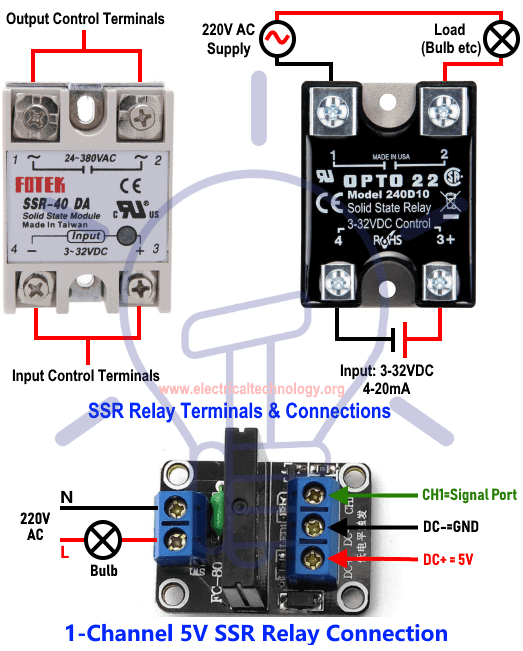
Solid State Relay Ssr Types Of Ssr Relays Construction Operation

Solid State Relays Technical Guide Australia Omron Ia
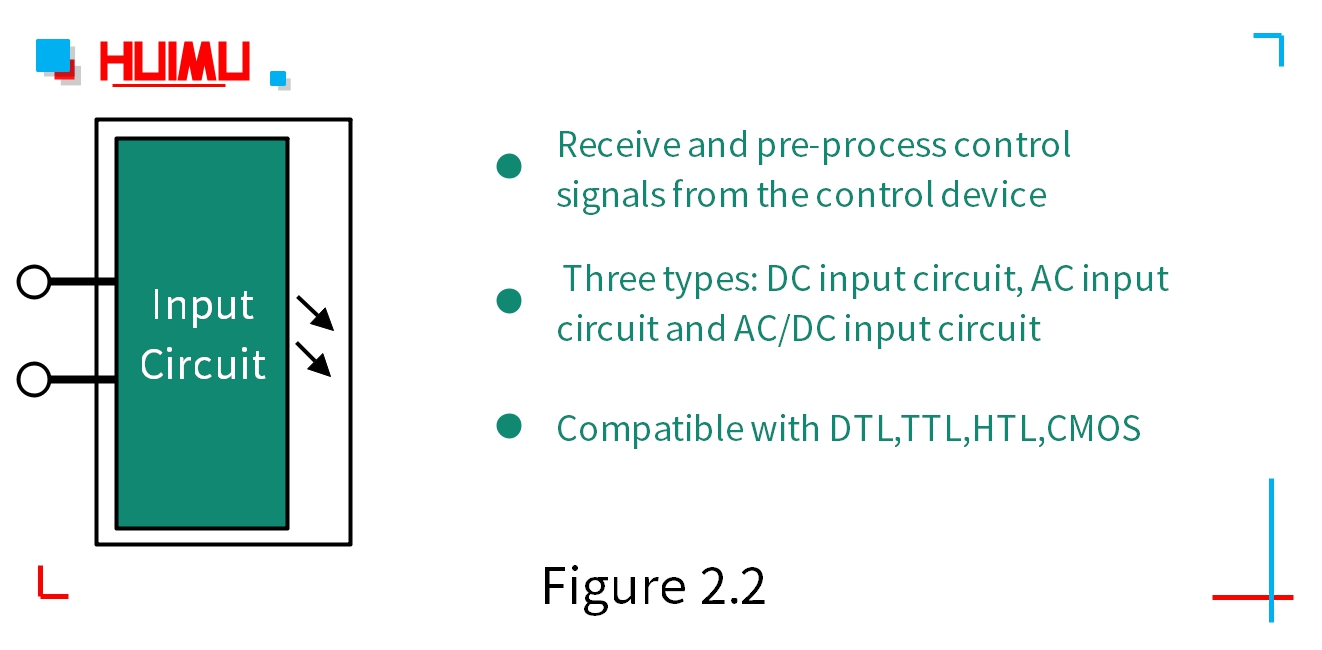
An Introduction To Solid State Relays What Is A Solid State Relay How Do Solid State Relays Work Huimultd
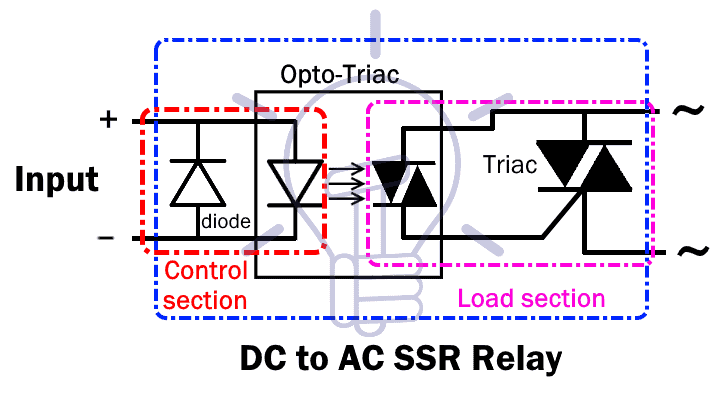
Solid State Relay Ssr Types Of Ssr Relays Construction Operation
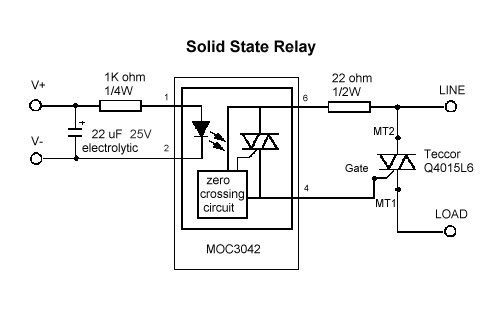
How Relays Work Relay Diagrams Relay Definitions And Relay Types
